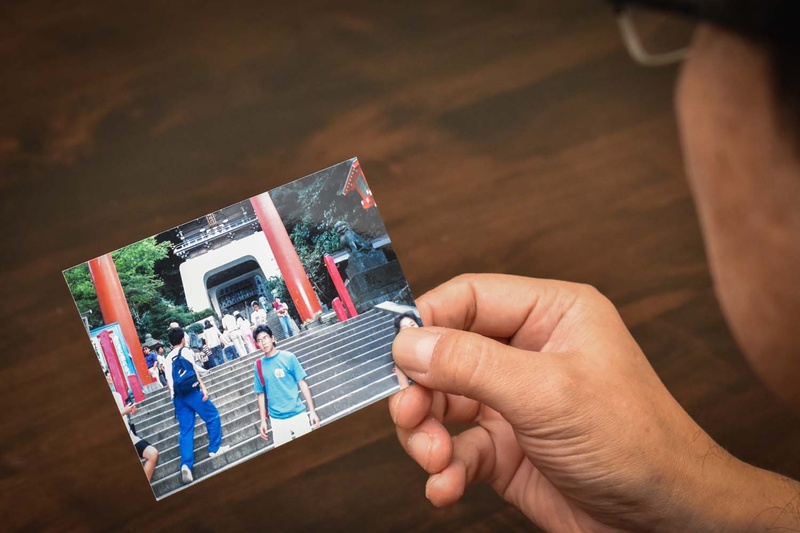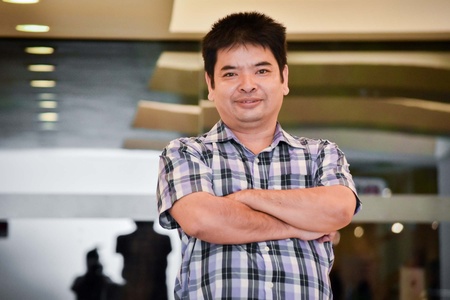Today, terms like “crisis”, “terrorism” or “inflation” seem like foreign words that refer to a reality that has nothing to do with that of Peru. 30 years ago, however, those three words defined the country we were.
From that country, at the end of the 1980s, thousands of Nikkei began to leave for Japan with the idea of working for a few years, saving the maximum amount of money possible and returning to Peru to open a business, study or buy a house. home.
Many left without imagining that they would settle permanently in Japan. Others, with their objective accomplished, returned and reintegrated into Peru.
When the so-called dekasegi phenomenon (an expression for people who leave their homeland in order to work temporarily elsewhere) intensified in the 1990s, the Peruvian Nikkei community felt the absence of its sansei and nisei , young people. and middle aged. Activities that brought together a large number of Nikkei, such as undokai, missed them.
There were those who even believed that the dekasegi phenomenon was a setback because a generation of young people was “lost” who spent their best years in Japanese factories, wasting their potential.
Japan, however, offered a way out to those who could not find ways to get ahead in Peru, a light at the end of a dark tunnel. And many took advantage of it, saving enough to finance their higher education or buy houses.
For them, the experience was not only positive in economic terms. For those who left very young—in some cases shortly after leaving school—Japan taught them to be independent, incorporate habits of a developed society, and open their minds, as happened with the three sansei we interviewed for the occasion.
NOT ONLY THE ECONOMIC

Michael Kanashiro was in Japan between 1992 and 1998. Upon his return, he studied psychology. This is how he remembers his dekasegi stage:
“Initially I had planned to go for just one year, to try it out. However, I kept six. And that's because as the year went by I realized that I could achieve some things that I couldn't in Peru at that time (I'm talking about the economic issue). Definitely, it was also important to learn to be independent, live alone, look for work, do my documents on my own, etc. It was also a change of perspective: while in Peru one thought about how to survive month by month, being there, you realize that you can think further, in addition to learning about a culture that, although at first you felt like your own, in It wasn't really like that. There were many customs that I was unaware of and began to appreciate, such as order, respect for others and trust in others. In the balance, indeed, not only was it good economically, but it also changed a lot the vision I had of myself and the environment.”
Jorge Yara worked in Japan between 1990 and 1995. He returned to Peru and studied engineering. As in the previous case, the lessons transcended the material plane:
“The balance was positive, I think more good things happened to me than bad. Although the economic issue is important, what I can recover most from my experience in Japan is the realization that society or the country can function if things are done well and thinking not only about one's own end, but also about the future. common goal. The experience as a dekasegi taught me to fend for myself, acquire order, discipline and confidence in my abilities. In addition, it allowed me to meet other people, form new friendships and gave me the opportunity to learn about other realities on a social level.”
Journalist Rubén Kanagusuku spent three periods in Japan, between 1998 and 2009. He also learned a lot:
“My time in Japan was necessary economically. It allowed me to help my mother in a time of economic crisis in Peru, in addition to being able to save to buy the apartment in which I live to this day. In another aspect, it allowed me to appreciate firsthand why Japan is a developed country and the high cost that the Japanese pay to make their country what it is today. As a whole, the lessons that Japan leaves behind are innumerable, from punctuality and a high degree of social awareness to rediscovering oneself immersed in such a society.”
GO FAR TO REDISCOVER YOURSELF
Beyond the possibility of studying or acquiring a home, or internalizing values such as punctuality, order or discipline, there was a change, less perceptible, that occurred in many Nikkei with respect to their identity.
“It seems to me that (Japan) reinforced my Peruvian identity, but I think it was greatly influenced by the fact that you miss things. What it does seem to me is that I began to understand the reason for some customs that as Japanese descendants were instilled in us,” says Jorge Yara.
For Rubén Kanagusuku the change was greater:
“Before I traveled to Japan, I thought I was Japanese. Once I spent some time in Japan, I was surprised that the Japanese rarely accepted gaijin (foreigners). In that context I thought like a Latino, trying to adapt to Japanese customs. I felt closer to Japan when I visited Okinawa in 2002. It was different. I felt more accepted having both Peruvian and Okinawan family and friends. “There was more affinity with that region of Japan.”
An analogy popularized by a visual artist fits him perfectly: “In general shots, Eduardo Tokeshi's definition comes to mind: Peruvian Nikkei are like a sake bottle full of Inca Kola. The experience in Japan helped me rediscover my Peruvianness.”
* This article is published thanks to the agreement between the Peruvian Japanese Association (APJ) and the Discover Nikkei Project. Article originally published in Kaikan magazine No. 118, and adapted for Discover Nikkei.
© 2019 Texto y fotos: Asociación Peruano Japonesa












